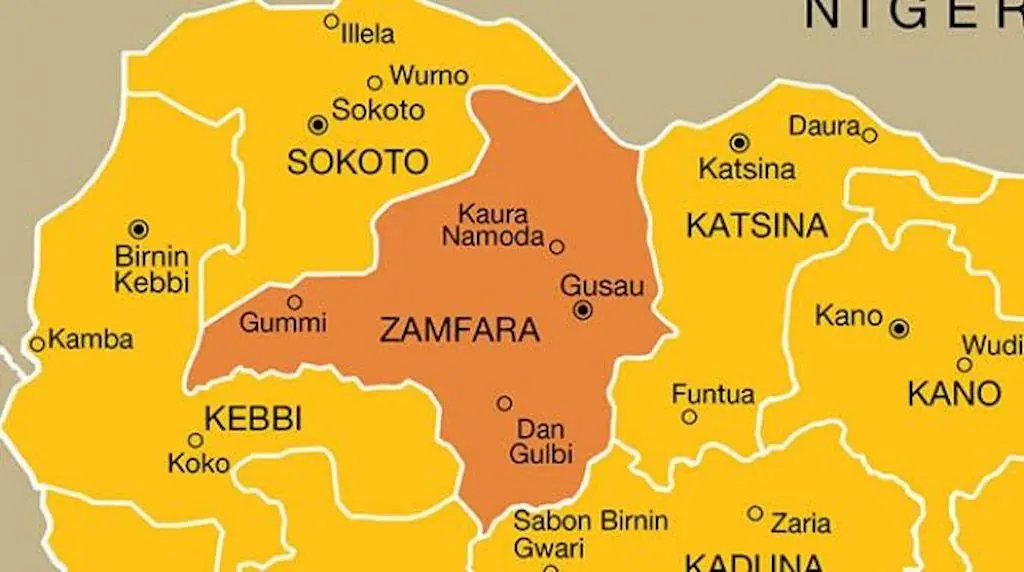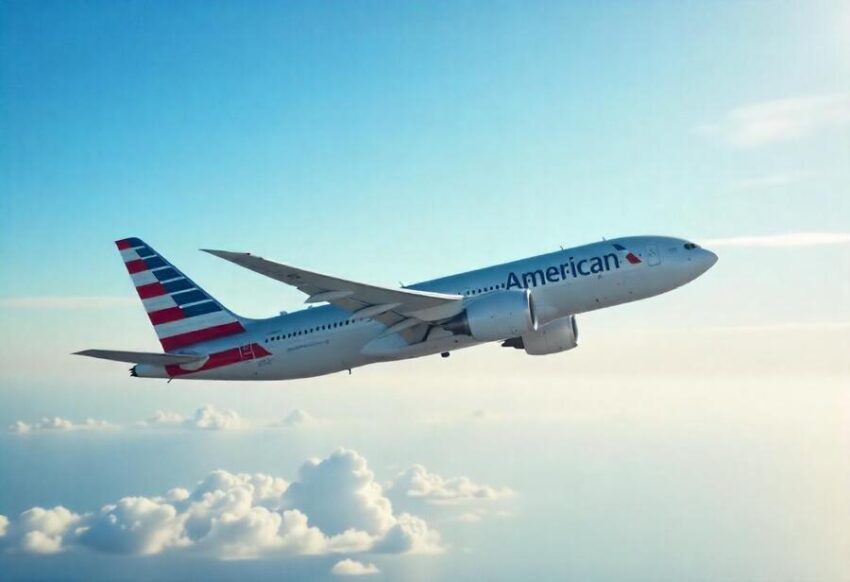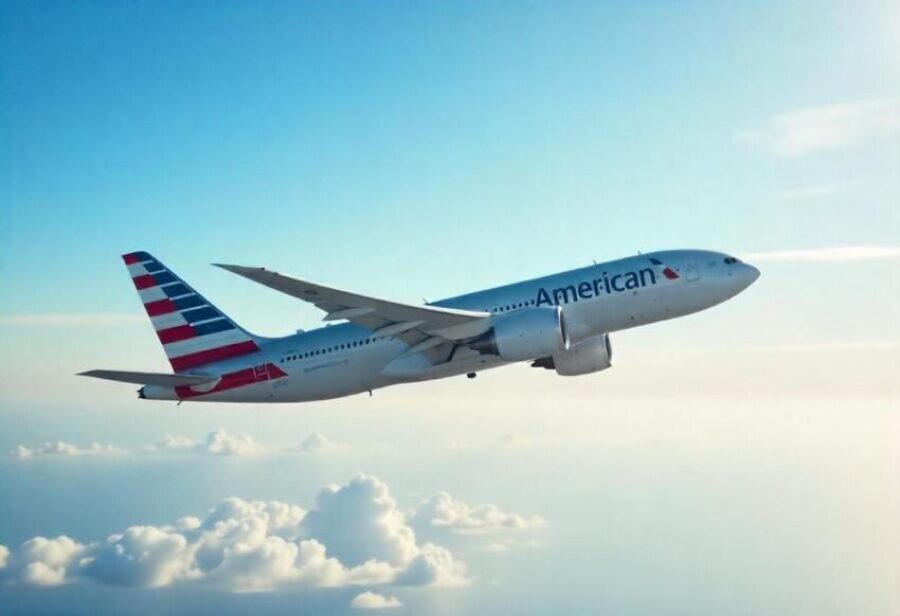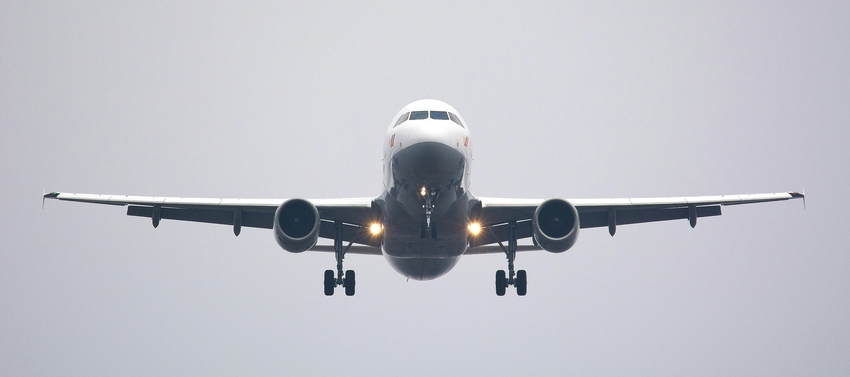US Travel Heats Up As Airline Giants United And American Wage Legal And Operational War At Chicago's O'Hare Airport - Travel And Tour World
Monday, May 12, 2025

The competition between airline giants United and American Airlines has intensified at Chicago’s O’Hare Airport, sparking both legal battles and operational clashes. As these industry powerhouses vie for dominance in one of the busiest airports in the United States, their disputes have led to disruptions in flight schedules, strategic realignments, and mounting tension over gate allocations and operational control. This escalating rivalry is not only reshaping the airline industry landscape but also influencing travel patterns and passenger experiences at the critical hub of O’Hare.
Chicago’s aviation landscape is heating up with an intense rivalry between two of America’s largest carriers—United Airlines and American Airlines—each determined to dominate O’Hare International Airport, the nation’s fourth-busiest travel hub.
At the heart of this escalating turf war is a contentious gate allocation plan proposed by the City of Chicago. United, headquartered in Chicago and often regarded as the city’s “hometown airline,” is set to gain six additional gates under this plan. American Airlines, however, is pushing back hard, filing a federal lawsuit to block the move and protect its own long-term expansion ambitions at O’Hare.
American Airlines claims the city has acted prematurely in reallocating gate access, accusing United of strategically leveraging its influence to gain an unfair advantage. According to the lawsuit filed in Illinois federal court, American argues that the reallocation should not occur until 2027, the point at which it expects to fully utilize newly constructed gates.
United, on the other hand, is calling on city officials to reassess gate space distribution based on each airline’s operational data from the previous year. The airline maintains that the additional gates would enable year-round service to international destinations currently only offered seasonally, further strengthening its international portfolio out of O’Hare.
With litigation now underway and city officials refusing to comment on the pending case, the legal conflict marks a dramatic twist in what has become one of the most competitive airline rivalries in the United States.
Beyond courtrooms and city negotiations, the clash between these aviation giants is playing out in marketing campaigns, capacity increases, and strategic route planning.
American Airlines has gone on the offensive, launching aggressive advertising across the city. Towering billboards highlight its luxurious business-class suites and destinations like Naples, Italy—routes United does not offer nonstop from O’Hare. The airline plans to increase seat capacity by twenty percent at the airport this summer compared to last year, signaling a determined effort to expand its presence.
Meanwhile, United is equally assertive. A prominent sign on the road to O’Hare boldly declares it as “Chicago’s #1 Airline,” relegating competitors to “The Rest.” With roughly 100 more daily flights than American scheduled for this summer and a larger roster of international routes, United is clearly staking its claim.
Additionally, United recently unveiled a significantly expanded international business-class lounge at O’Hare, now fifty percent larger than before. This move aligns with the airline’s broader strategy to attract high-yield international travelers and further solidify its dominance at its flagship hub.
Travelers passing through O’Hare could be the biggest beneficiaries of this rivalry. Increased competition often leads to improved services and potentially lower fares. In fact, average domestic airfare from O’Hare this summer is around $386—a three percent drop from last year, according to Kayak data.
Both airlines are making notable investments in customer experience. American will begin operating its newly delivered Boeing 787 Dreamliners from Chicago this summer. These aircraft feature cutting-edge business-class suites with sliding doors, designed to appeal to discerning international travelers. Furthermore, American plans to introduce new routes later in the year, particularly to vacation hotspots across the Caribbean and Central America.
For its part, United’s current network expansion and refreshed airport amenities demonstrate its long-term vision for growth and global connectivity from Chicago.
This corporate showdown comes at a time when the aviation industry is experiencing uneven demand recovery. Airlines across the U.S. are reducing their flight schedules in response to shifting traveler habits and ongoing cost pressures. Yet, Chicago remains a critical battlefield.
United has maintained a consistent expansion strategy out of O’Hare, while American—after prioritizing other hubs like Miami, Dallas, and Charlotte in the post-pandemic era—is now refocusing on regaining ground in Chicago.
Industry data suggests that American plans to increase seating capacity in over 100 markets where it directly competes with United, underscoring a broad tactical offensive aimed at challenging its rival’s lead in the region.
Meanwhile, Southwest Airlines continues to dominate operations at nearby Midway International Airport, adding another layer to the competitive complexity of the Chicago aviation market. The presence of three major airlines—each seeking to maximize its foothold—makes Chicago a rare battleground in an industry where consolidated hubs have often stifled such dramatic head-to-head rivalries.
Chicago has seen several major corporations—like Boeing and Caterpillar—relocate their headquarters in recent years. The heightened focus and investment from United and American Airlines offer a rare silver lining. The attention reinforces Chicago’s status as a pivotal national and international aviation hub and could boost local economic activity through job creation and tourism.
The fierce rivalry between United and American Airlines at Chicago’s O’Hare Airport has sparked both legal battles and operational disruptions, reshaping the dynamics of one of the busiest travel hubs in the U.S.
Whether this intense rivalry results in consistently lower fares or more convenient travel options for passengers remains to be seen. But with two airline giants unwilling to back down and a legal battle brewing over gate space, one thing is certain: the fight for O’Hare’s skies is far from over.












